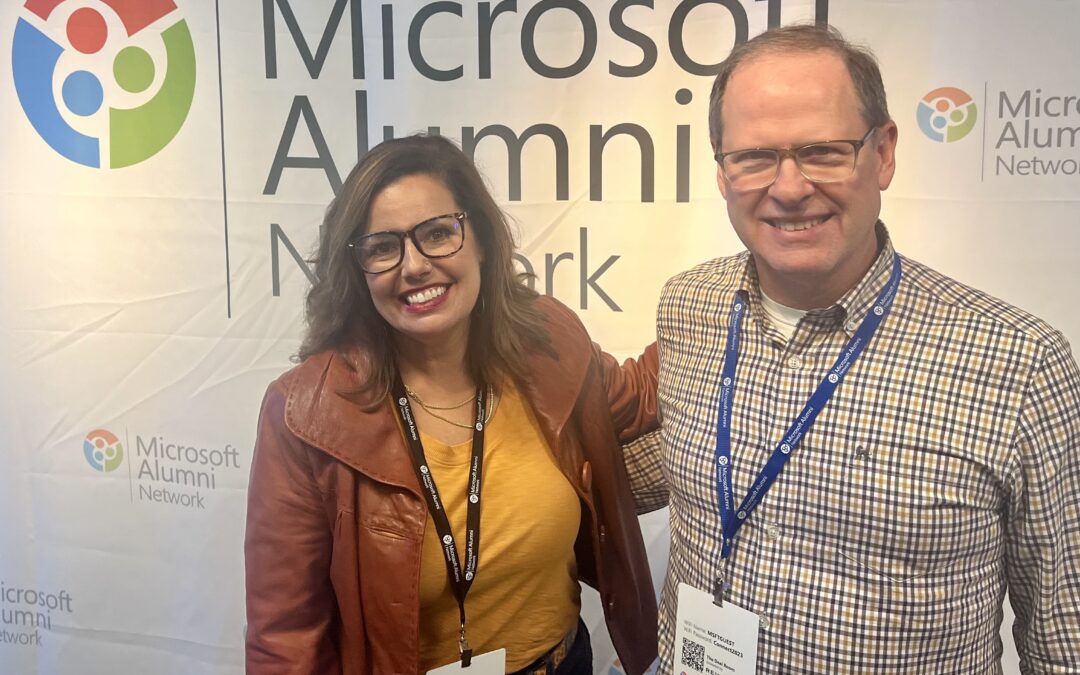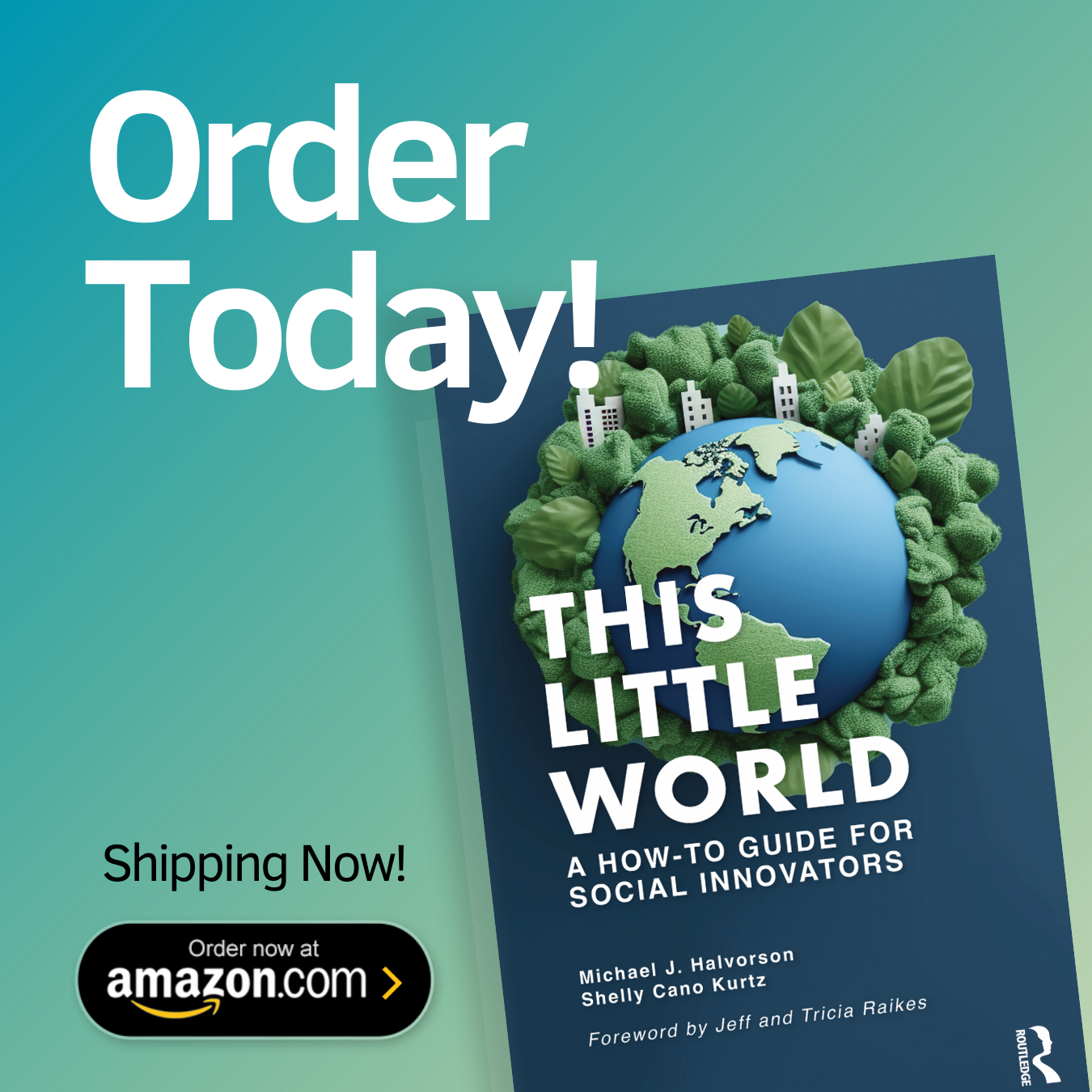Welcome to our website!
We wrote This Little World: A How-To Guide for Social Innovators to create excitement about social impact work in organizations and communities. Our goal is to empower students, social innovators, impact investors, philanthropists, and community partners to create technology for the public interest that addresses urgent social and environmental needs.
In our first post, we’d like to clarify just what social impact is and who is invited to do social impact work. As you’ll see, its an inclusive category, much bigger than the terms “nonprofit” and “charitable organizations.”
At its core, the term “social impact” refers to improving the well-being of individuals and communities by addressing social and economic issues such as poverty, inequality, access to education, and healthcare.
This type of work can be done by individuals, nonprofit organizations, government entities, and for-profit corporations. Social impact work can also take a range of forms, including community development initiatives, advocacy, philanthropy, entrepreneurship, social innovation projects, and other activities. In each of these contexts, the goal of social impact is to create positive change in society through actions that address the root causes of social problems.
Casting a Wide Net
What do social impact practitioners do? Social impact workers are people who are committed to enacting social or environmental changes in big and small ways, throughout the social impact sector. The wide range of positions includes policy analyst, community organizer, program manager, social impact investor, software engineer, scientist, designer, technical worker, data analyst, corporate social responsibility officer, digital marketing specialist, and a range of employees who perform traditional business functions.
Although social impact practitioners have traditionally been associated with the nonprofit sector (organizations such as food banks, homeless shelters, or the Special Olympics), today all manner of educational institutions, for-profit corporations, nonprofits, and government entities have staff members that are actively engaged in social impact activity.
In some cases, these changemakers break away from existing organizations and create something entirely new. When this happens, we often refer to them as social innovators, social entrepreneurs, or impact entrepreneurs, especially when their work leads to systemic social change or new social movements. (On LinkedIn, we are members of the group Impact Entrepreneurs, which currently has over 38,000 members interested in systemic changemaking.)
Social impact work does not just feature new enterprises or grassroots initiatives that are connected to current events. The agents for social change can also work from within an existing organization to rejuvenate its mission or its goals. This type of innovator is often referred to as an intrapreneur (or corporate entrepreneur), to highlight their creative role inside an existing corporation or entity.
Since the widespread deployment of computing and technology infrastructures, many social impact advocates have placed big bets on technological innovation as a catalyst to promote meaningful change in society. A belief in the promise of scalable technology for the public good is often referred to as tech for good or the tech for good movement, because it envisions the constructive, amplifying effect of technology for all people when digital systems are thoughtfully designed and equitably distributed. Shelly co-founded X4i.org as a tech directory and learning lab to nourish this type of thinking, because tech for good businesses often take similar approaches to digital transformation and emerging technology.
A Global Movement
Throughout the twentieth century, thousands of social impact organizations fanned out across the United States, caring for the sick, providing healthcare, and working to enable social and educational reform. Their influence can be seen in the rise of food safety laws, immunization programs, public hospitals, schools, and programs to support workers displaced by changes in society.
Several of the first nonprofits spread their influence beyond the U.S., spanning the globe with their advocacy and resources. Examples include the Peabody Education Fund, the Red Cross, the YMCA, the Salvation Army, and the United Way. Social impact work can take a range of forms, including individual support, community development initiatives, political advocacy, philanthropy, education, scientific research, and business activity. In each of these contexts, the goal of social impact work is to create positive change in society through actions that address the root causes of social and environmental problems.
Characteristics of the Social Impact Sector
Today, the social impact sector has become a sophisticated network of charitable, benevolent, and for-profit organizations. In the U.S., it includes one million active charities, 1.7 million businesses, and annual revenues of approximately $2.8 trillion. Nonprofit organizations are still a major part of this work. In fact, according to the World Bank, the U.S. nonprofit sector would be the world’s tenth largest economy if it were ranked separately by GDP.
Regardless of the business model, the social impact sector is built around a vision for changemaking, or taking creative action to solve social and environmental problems. The sector is a space where global issues are addressed, economic growth is inclusive, and the fundamental rights of people are supported. Some organizations are large, with over 1,000 employees and a multinational organization that spans the globe. Others are small, with one small office and the characteristics of an entrepreneurial startup.
The stereotype that social impact organizations are relatively unsophisticated in terms of technology is no longer true, if it ever was. Digital transformation has reconfigured the social impact sector, turning most social impact organizations into technology companies, meaning that tech tools and procedures flow organically through their systems. These organizations use computers, data, and management strategies in a similar way that for-profit businesses do.
We need everyone to engage in the important work of social impact. To learn how, read our new book, This Little World: A How-To Guide for Social Innovators! The first chapter is available here!
Michael J. Halvorson, Ph.D., is a professor of business and innovation history at Pacific Lutheran University and the author of 40 books about history, computing, and technology.
Shelly Cano Kurtz is an award-winning social entrepreneur and marketer. She is an advisor for Concordia and on the Board of Directors at Guardify and the Center for Workforce Inclusion.






